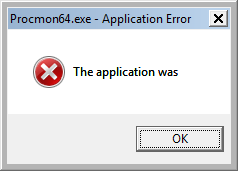Command 696
by in CodeSOD on 2010-08-30Think of all those old applications you’ve had to maintain. You know the type: the ones written by long-forgotten developers in long-lost languages. The ones that, after spending days searching for that one line of code that needs to be changed, you frustratingly decree “this f%*#@ thing needs to be rewritten.” And, naturally, the ones that never are, nor never will be rewritten.
Call it luck or persistence, but after dozens and dozens of maintenance requests over the years, Israel Brewster finally was given the opportunity to rewrite an application. From scratch. And the right way, this time. No shoddy VB6 front-end; no horribly-designed SQL Server 2000 (only) database; and certainly no Microsoft Access-based administration tool.


 Jul 10
Jul 10
